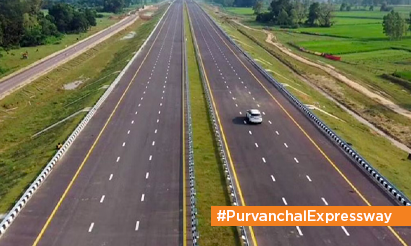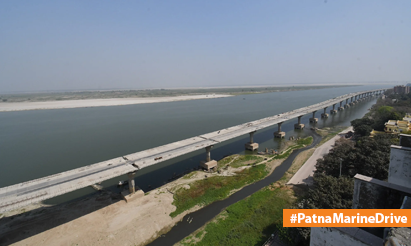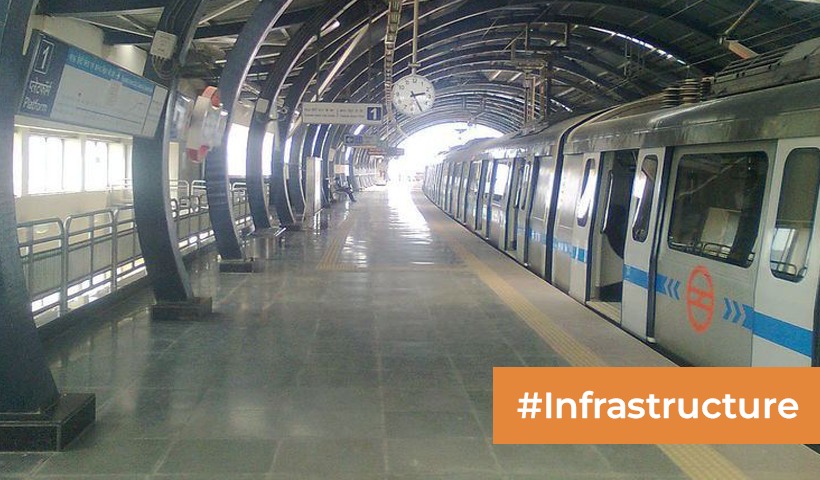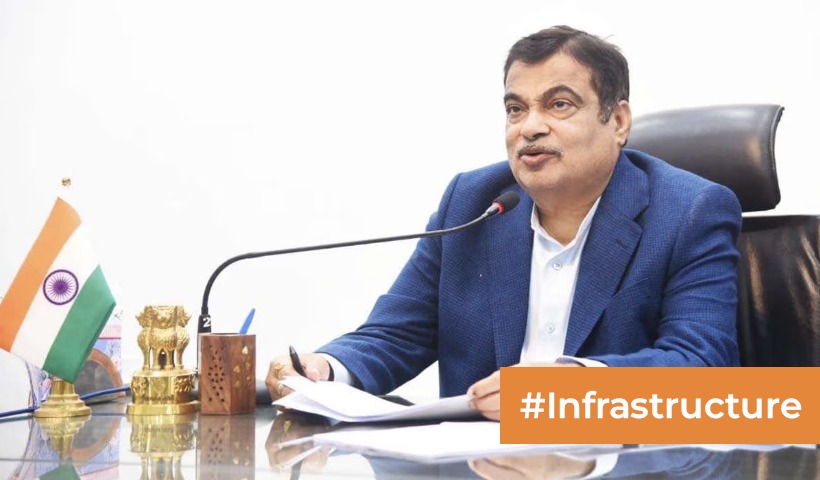Sela Pass’s longest two-lane road tunnel is scheduled to open in June
The Sela Pass, located in the picturesque state of Arunachal Pradesh in Northeast India, is set to make history with the opening of the world’s longest bi-lane road tunnel by June. This significant infrastructure project is expected to greatly improve connectivity and transportation in the region, providing a crucial link between Tawang and the rest of Arunachal Pradesh, which is currently cut off from the rest of India for several months each year due to heavy snowfall.
The Sela Pass, at an elevation of 13,700 feet (4,170 meters) above sea level, is a strategic mountain pass that connects the towns of Bomdila and Tawang in Arunachal Pradesh. It is a crucial route for both civilian and military purposes, as it lies close to the disputed border with China. However, due to the challenging terrain and extreme weather conditions, the pass remains closed for several months each year, making it difficult for people and goods to move between Tawang and other parts of Arunachal Pradesh.
To overcome this challenge and enhance connectivity in the region, the Indian government has undertaken an ambitious project to construct a bi-lane road tunnel through the Sela Pass. The tunnel, with a length of 13.5 kilometers, will be the longest bi-lane road tunnel in the world and will be a marvel of modern engineering. It will have two lanes for traffic, one for each direction, and will be equipped with state-of-the-art safety features such as ventilation, fire-fighting systems, and emergency exit tunnels. The construction of the Sela Pass tunnel has been a challenging task, considering the difficult terrain and adverse weather conditions of the region. The region experiences heavy snowfall during the winter months, and the area is prone to landslides and avalanches. Despite these challenges, the project has been progressing steadily, and the tunnel is now nearing completion.
Once the Sela Pass tunnel is opened in June, it is expected to bring numerous benefits to the region. The most significant impact will be on connectivity, as it will provide a reliable year-round road link between Tawang and other parts of Arunachal Pradesh, which will greatly benefit the local population, businesses, and the tourism sector. The tunnel will also facilitate the smooth movement of goods and military supplies, enhancing the strategic importance of the region.
The opening of the Sela Pass tunnel is also expected to have a positive impact on the overall development and economy of Arunachal Pradesh. Improved connectivity will open up new opportunities for trade and commerce, promote tourism, and attract investment in the region. It will also provide better access to education, healthcare, and other essential services for the local population.
In addition to its functional benefits, the Sela Pass tunnel is also expected to become a major tourist attraction in the region. The tunnel’s engineering marvel, coupled with the breathtaking beauty of the surrounding Himalayan landscape, is expected to draw tourists from across the globe. It will offer a unique experience of driving through one of the world’s longest bi-lane road tunnels at a high altitude, making it a must-visit destination for adventure seekers and nature enthusiasts alike.
However, it is important to note that the construction of the Sela Pass tunnel has also raised concerns about its potential impact on the fragile ecosystem of the region. The Sela Pass is known for its pristine natural beauty, and there are concerns about the environmental impact of the tunnel, including issues such as deforestation, loss of habitat for wildlife, and disruption of natural drainage patterns. It will be crucial for the authorities to implement adequate measures to minimize the environmental impact of the project and ensure sustainable development in the region.
Disclaimer: The views expressed above are for informational purposes only based on industry reports and related news stories. PropertyPistol does not guarantee the accuracy, completeness, or reliability of the information and shall not be held responsible for any action taken based on the published information.




